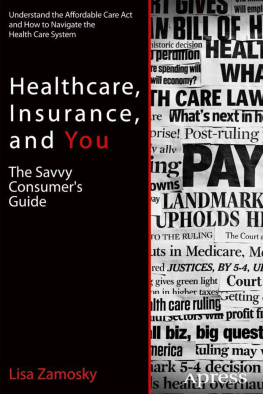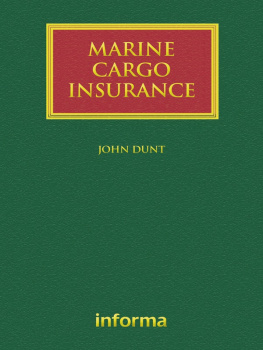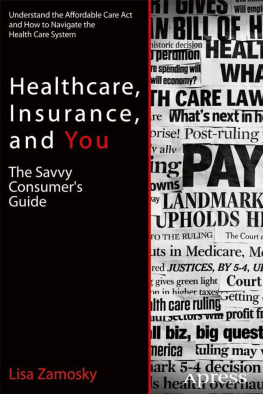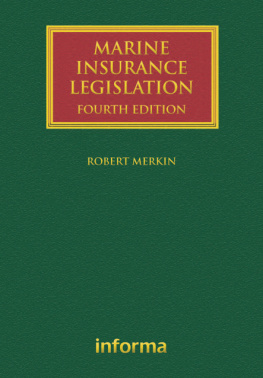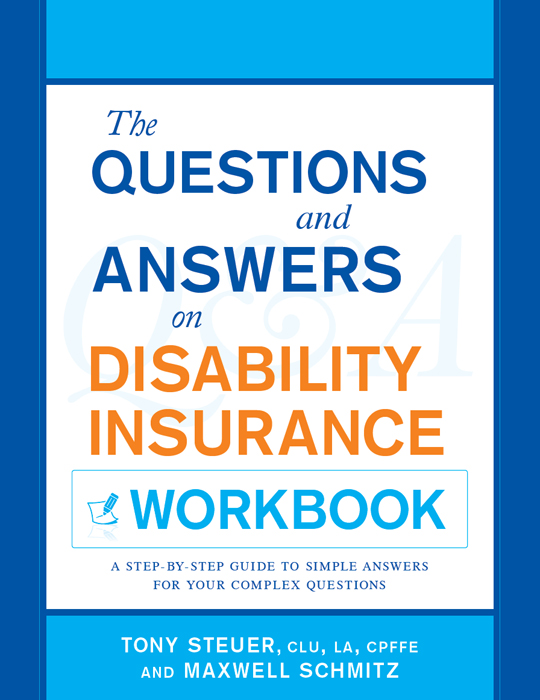
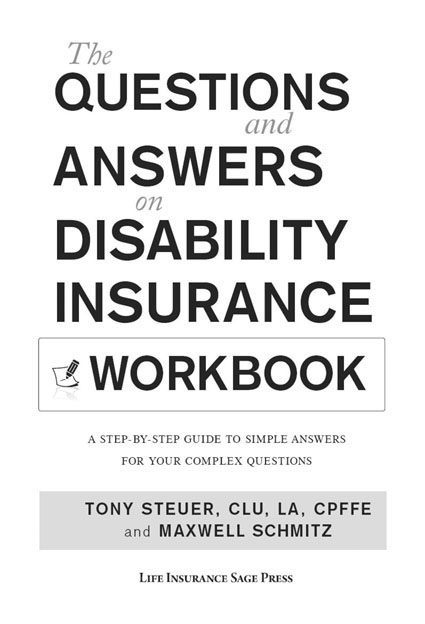
This publication is designed to provide accurate and authoritative information in regard to the subject matter covered. It is sold with the understanding that the publisher and author are not engaged in rendering legal, accounting, or other professional services. If legal advice or other expert assistance is required, the services of a competent professional should be sought.
Published by Life Insurance Sage Press
www.lifeinsurancesage.com
Copyright 2012 Tony Steuer
All rights reserved.
No part of this book may be reproduced, stored in a retrieval system, or transmitted by any means, electronic, mechanical, photocopying, recording, or otherwise, without written permission from the copyright holder.
Distributed by Greenleaf Book Group LLC
For ordering information or special discounts for bulk purchases, please contact Greenleaf Book Group LLC at PO Box 91869, Austin, TX 78709, 512.891.6100.
Design and composition by Greenleaf Book Group LLC
Cover design by Greenleaf Book Group LLC
LCCN: 2012932703
Ebook ISBN: 978-0-9845081-5-0
Ebook Edition
CONTENTS
INTRODUCTION
Did you know that
3 in 10 workers entering the workforce today will become disabled for some period of time before they retire (Social Security Administration, Fact Sheet, January 31, 2007)?
more than 90 percent of disabling accidents and illnesses are not work related, which means they arent covered by workers compensation insurance (National Safety Council, Injury Facts, 2004)?
most Americans dont have enough savings to meet short-term emergencies (2004 National Investment Watch Survey)?
disability was behind nearly 50 percent of all mortgage foreclosures (Health Affairs, the Policy Journal of the Health Sphere, February 2, 2005)?
56 percent of workers who currently receive Social Security disability benefits are under age 55 (Social Security Administration, 2007 Annual Statistical Report)?
nearly 60 percent of workers have not discussed with their families how they would handle or manage an income-limiting disability (Council on Disability Awareness, 2007 Disability Awareness Survey)?
If youre like most people, you probably found these statistics surprising. Most of us tend to think about auto insurance, homeowners insurance, and even life insurance. Yet, dollar for dollar, long-term disability insurance may be one of the most important financial planning and protection resources available to you. Consider the following odds for any single year:
1 out of 8.63 that you will die during your working years, ages 18 to 65 (Social Security Administration, Period Life Table, 2007)
1 out of about 1,250 that you will lose your house to a fire, according to various industry sources
1 out of 55 that you will have an automobile accident that results in property damage, injuries, or fatalities, according to the National Highway Traffic Safety Administration (Traffic Safety Facts 2009)
1 in 3 (approximately) that you will become disabled at some point during your working life.
We protect our other assets, but we often neglect to protect our most important asset: our income. Ironically, as the preceding statistics reveal, most of us are spending money to protect ourselves and our possessions against events that are less likely to occur. The payouts for those other forms of insurance pale in comparison to the potential payoutsand, more important, the financial protectionof disability insurance. Just look at these calculations: For car insurance, the average payout is approximately $28,000 (Motor Trend, April 30, 2003). For life insurance, its $257,200 (U.S. Census Bureau, March 24, 2004). But for disability insurance, the projected payout for a 35-year-old who earns $50,000 a year and is disabled for the rest of his or her life with an eligible benefit of 60 percent would have an annual benefit of $30,000 for a total payout of $900,000 (until retirement age of 65)!
Despite all of these statistics, and despite the severe potential financial impact of a disabling illness or injury, men and women often overlook the purchase of long-term disability insurance (sometimes called disability income insurance) in their financial planning. The goal of this workbook is to help you protect yourself against potential loss of income and to make sure that you can meet your cash flow needs in the event of a disability.
Disability insurance, therefore, may be one of the most important purchases you will ever make. As is the case with any important purchase, it pays to avoid the pitfalls into which you can so easily fall. The human mind seeks simple answers, but very often the simple answer is not the right answer. Proper selection of a disability insurance product requires more than simply choosing the lowest-priced policy (although sometimes that is the right choice). Many other factors must be considered in making the best choice for your situation.
For most people, consulting a qualified and objective disability insurance specialist is the best way to ensure that an appropriate decision is made given their particular set of circumstances. The problem, however, from a consumer perspective, is making sure that the advice given is professionally objective. And oftentimes the disability insurance salesperson does not service or review the disability insurance coverage. This can lead to some unwanted results for the client, such as being underinsured or not having appropriate riders (i.e., policy features).
In , well educate you about how to monitor your policy to make sure youre getting the maximum coverage you need. And, in the event that you do need to file a claim, weve provided a section that will help you learn about that process. Weve also included a section about specific types of policies for businesses.
If you have an existing policy, you can use this workbook to see how your policy measures up to your current needs. And if you dont have a policy, you can use this workbook to make the best decisions possible for your needs.
Because the more informed you are, the better the choices you will make.
DISABILITY INSURANCE DECISION CHART
Part I
Evaluate Your Needs
and Situation
Step 1:
What is my current need for disability insurance?
Step 2:
How much income protection do I need, and how much do I already have?
Step 3:
What disability insurance policy definitions, parameters, or riders are most important to me?
Step 4:
What factors in my life might affect my eligibility or my rates?
Part II
Evaluate Agents
and Companies
and Purchase a Policy
Step 5:
Which agent or advisor can help me get the best policy for the best price?
Step 6:
Which insurance companies should I consider working with, based on financial stability?
Step 7:
What final points do I need to consider before completing the application process and purchasing a policy?
Part III
Understand, Maintain,
and Monitor Your
Policy or Make a Claim
Step 8:
Is my policy up-to-date and meeting my needs?
Step 9:
What do I need to consider before I file a claim?
Next page

